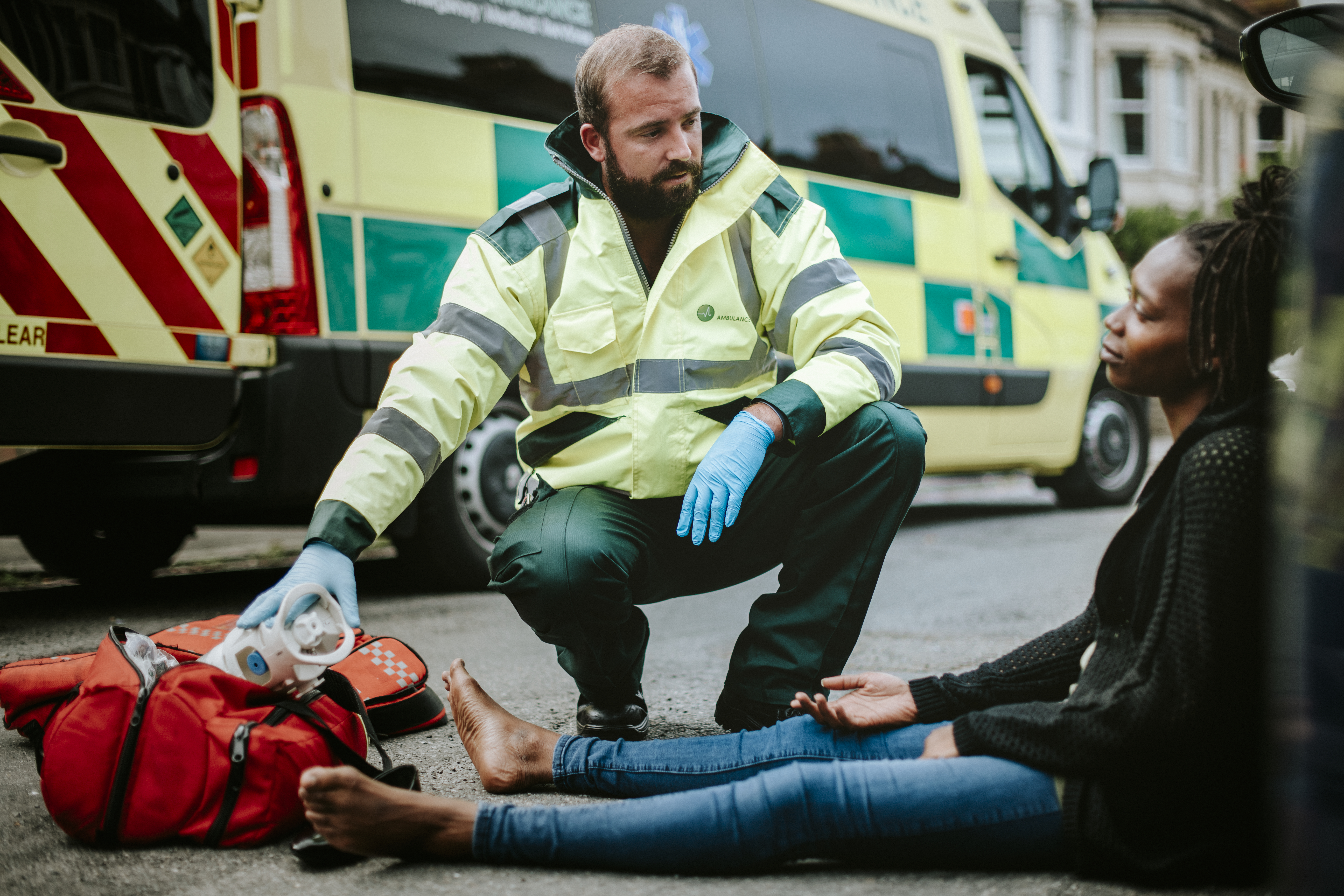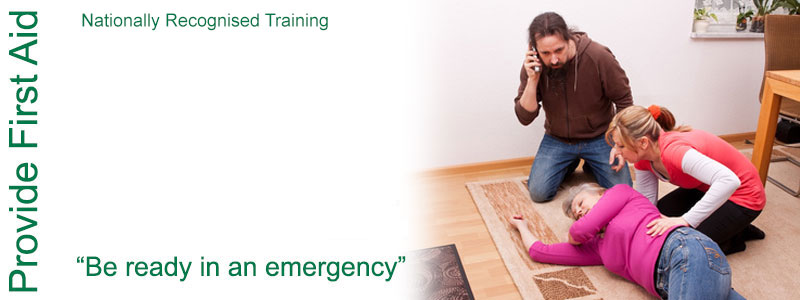Introduction
In the world of emergency medical reaction, the capacity to act quickly and effectively can imply the difference between life and fatality. One of one of the most important devices in this world is the Automated External Defibrillator (AED). Public awareness on defibrillator use is important, as it empowers individuals to do something about it during heart emergencies. This short article will check out various elements of AEDs, consisting of basic vs advanced life support, health center codes and methods, and the importance of public defibrillator use. Let's delve into how we can make a distinction with education and preparedness.
Public Understanding on Defibrillator Usage: Making a Difference
Understanding how to use a defibrillator can be a game-changer in an emergency situation. Annually, thousands pass away from abrupt heart attack (SCA), but with proper training and awareness, many lives might be conserved.
What is an AED?
An Automated External Defibrillator (AED) is a mobile gadget that can examine the heart's rhythm and provide an electrical shock if required. This shock can help re-establish a reliable rhythm in situations of SCA.
Why Public Awareness Matters
- Increased Survival Rates: Studies reveal that immediate use of an AED can significantly raise survival rates. Empowerment: Understanding minimizes anxiety; recognizing exactly how to use these devices empowers onlookers to act. Community Preparedness: Neighborhoods that are informed concerning AEDs produce safer environments.
Basic vs Advanced Life Assistance: A Comparative Overview
When discussing defibrillation, it's vital to distinguish between basic life support (BLS) and progressed life support (ALS).
Basic Life Support (BLS)
BLS refers to the preliminary actions taken by laypersons or very first responders in instance of a cardiac arrest:
- Checking responsiveness Identifying no breathing Performing CPR
BLS concentrates on keeping blood flow till sophisticated clinical help arrives.
Advanced Life Support (ALS)
ALS involves a lot more intricate treatments typically performed by experienced specialists:
- Administration of medications Advanced respiratory tract management Use of sophisticated monitoring equipment
While BLS is vital in the very early moments complying with heart attack, ALS takes control of once educated employees arrive.
Steps for Using an AED Safely
Call Emergency Services: Prior to utilizing an AED, ensure that emergency situation solutions have actually been contacted. Check Responsiveness: Carefully tap the person and yell to see if they respond. Identify No Breathing: Look for upper body surge or listen for breath sounds. Retrieve the AED: Get the nearest AED while examining the casualty. Turn On the AED: Follow voice triggers as you connect pads to the chest. Stand Clear: Make sure every person is away from the individual while examining heart rhythms. Deliver Shock If Advised: If motivated by the gadget, press the shock button.Maintaining Composure Throughout Emergencies
It's crucial for bystanders to continue to be calm throughout emergency situations. Maintaining calmness not just helps you believe plainly but additionally urges others around you to do so as well.
Hospital Codes and Protocols
Once emergency situation solutions show up, they follow well established hospital codes and protocols:
Common Healthcare facility Codes Pertaining to Heart Arrest
|Code|Description|| ------|------------------------------|| Blue|Cardiac Arrest|| Red|Fire Emergency|| Yellow|Internal Emergency|
These codes enhance communication amongst doctor so they can respond swiftly.
Protocols Following AED Use
After utilizing an AED:
- Document details about its usage Hand over any kind of information gathered from your assessment Stay available for more questioning by clinical professionals
Public Defibrillator Use: Enhancing Accessibility
The positioning of public gain access to defibrillators is type in enhancing community safety and security:
Where Are They Located?
Public access defibrillators are commonly located in:
- Shopping malls Airports Schools
Awareness projects need to educate residents about their locations.
Why Area Educating Is Essential
Training sessions must be organized regularly to make certain community members recognize exactly how to run these gadgets effectively.
Statistics That Matter
Studies reveal areas with extensive access to AEDs substantially minimize casualty prices associated with abrupt heart arrest.
Importance of BLS Qualification in Communities
Obtaining BLS accreditation boosts neighborhood durability against cardiac emergencies:
Benefits of BLS Certification
Increased possibility of instant feedback throughout emergencies Enhanced understanding of standard lifesaving techniques Improved confidence among community membersMany organizations use BLS accreditation courses, making it available for everyone interested in finding out lifesaving skills.
Identifying No Breathing: Trick Indicators
CPR Course Wagga Wagga - First Aid ProRecognizing when someone isn't breathing can conserve priceless time:
Signs Suggesting No Breathing
Absence of upper body rise or fall No audible breath seems Cyanosis or bluish coloring around lips or fingertipsUnderstanding these indications allows quicker action when seconds count.
Taking Turns on Compressions During CPR
Effective mouth-to-mouth resuscitation requires endurance; for this reason taking turns is a good idea:
How Frequently Should You Switch?
Compression cycles ought to ideally last no more than 2 minutes before switching rescuers-- this aids preserve top quality compressions without fatigue setting in.
Strategies for Effective Teamwork
Using spoken signs like "switching" can help assist in smooth changes without losing rhythm.
Compression Depth and Rate Considerations
Proper compression depth and price are paramount for reliable mouth-to-mouth resuscitation:
Recommended Compression Depth
For grownups:


- Compress a minimum of 2 inches deep but not surpassing 2.4 inches
For kids:
- Compress about 1/3 depth of their chest
Optimal Compression Rate
Aim for a rate of 100-- 120 compressions per min-- this aligns with keeping appropriate blood circulation during CPR efforts.
FAQ Section
1. What should I do if I discover somebody unresponsive?
Call emergency services instantly while checking their responsiveness and breathing prior to initiating mouth-to-mouth resuscitation if necessary.
2. Just how do I recognize if I require to utilize an AED?
If a person is less competent and not breathing generally, utilizing an AED may be vital; turn it on after requiring help.
3. Can anyone use an AED?
Yes! Many public gain access to AEDs are created for layperson usage; they offer detailed instructions via voice prompts.
4. What happens if I provide a shock when it's not needed?
Modern AEDs only suggest shocks when needed; providing unneeded shocks rarely positions damage yet may postpone treatment if done exceedingly without specialist intervention.
5. How frequently must neighborhood members rejuvenate their CPR skills?
It's generally recommended every 2 years; correspondence course ensure your skills stay updated as guidelines develop over time!
6. Exist lawful defenses forever Samaritans that help during emergencies?
Yes! Many jurisdictions have Do-gooder legislations safeguarding individuals that offer aid during emergencies from obligation as long as their actions are reasonable under circumstances!
Conclusion
Public understanding on defibrillator usage is not simply useful-- it's essential in saving lives throughout cardiac emergency situations! By gearing up neighborhoods with expertise on fundamental vs sophisticated life assistance methods, identifying indicators such as no breathing, preserving calmness under stress, and making certain access with public First Aid Courses in Wagga Wagga - First Aid Pro defibrillator placements, we produce more secure atmospheres where individuals really feel equipped to act emphatically when every second counts!
Investing time right into learning more about these critical devices will most certainly lead us toward making purposeful differences within our neighborhoods-- due to the fact that every heartbeat matters!
